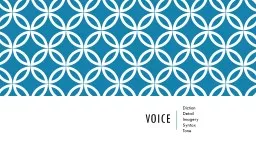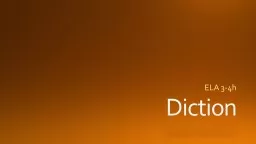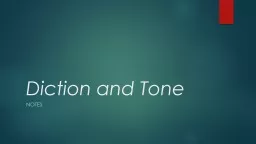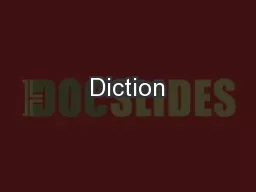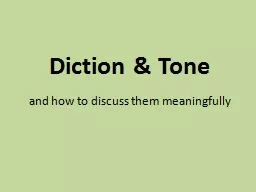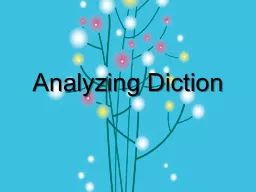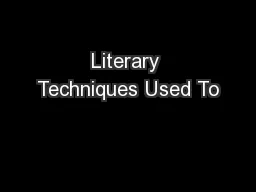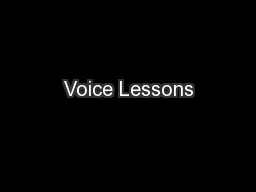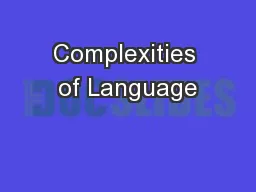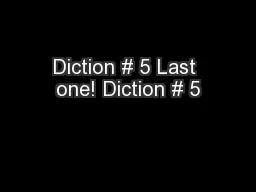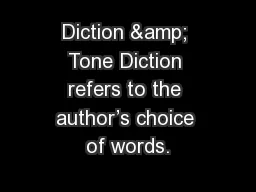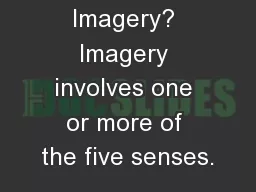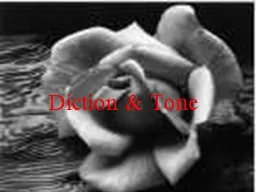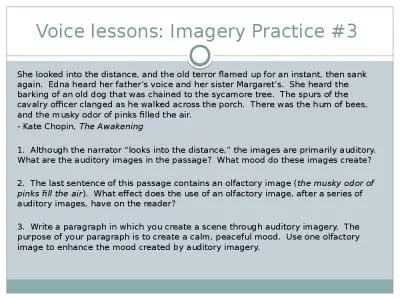PPT-Voice Diction Detail Imagery
Author : tatyana-admore | Published Date : 2018-03-11
Syntax Tone Voice Effective voice is shaped by words that are clear concrete and exact Good writers eschew to avoid to shun words like pretty nice good beautiful
Presentation Embed Code
Download Presentation
Download Presentation The PPT/PDF document "Voice Diction Detail Imagery" is the property of its rightful owner. Permission is granted to download and print the materials on this website for personal, non-commercial use only, and to display it on your personal computer provided you do not modify the materials and that you retain all copyright notices contained in the materials. By downloading content from our website, you accept the terms of this agreement.
Voice Diction Detail Imagery: Transcript
Download Rules Of Document
"Voice Diction Detail Imagery"The content belongs to its owner. You may download and print it for personal use, without modification, and keep all copyright notices. By downloading, you agree to these terms.
Related Documents

